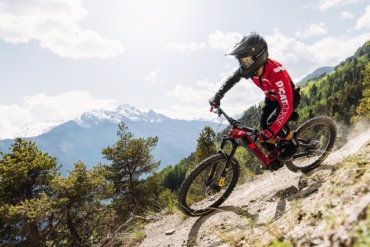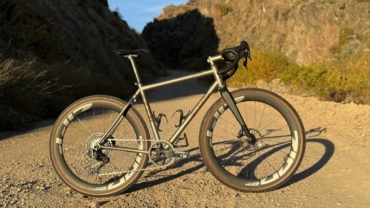It’s easy for fans to dig into the storylines of grit and glory that accompany the superstars of the Tour de France as they battle for the yellow, green, polka dot, and white jerseys.
While it is true that each cyclist who clinches even one of these jerseys has undertaken a monumental personal effort that most people could only dream of achieving, it is always the team behind the rider that makes such feats possible.
While the final glory goes to the overall winners in each category of the tour, whether in the general classification, points, king of the mountains, or youngest rider, the race is a team sport at its heart.
Teams of the Tour de France
All of the nearly 200 riders who compete in the Tour de France ride as part of teams. Some of the most recognizable teams in the race include UAE Team Emirates, Jumbo-Visma, Quick-Step Alpha Vinyl, Movistar, EF Education-EasyPost, BikeExchange-Jayco, Alpecin-Deceuninck, and Arkea-Samsic, among others.
Each team fields eight riders who offer a variety of skill sets and specialties they hope will allow them to win stages and the coveted jerseys of the tour by the race’s end. Most teams come to the tour with only a couple of riders who stand a chance of winning the tour outright or even winning a single stage.
The rest of the group works to put their race leaders in a position to accomplish goals throughout the tour, whether through stage wins, points accumulation in sprints or climbs, or leading the general classification (based on the overall cumulative time across the entire race). These riders are known as domestiques.

Domestiques
Domestiques are the workhorses of the team. They do the hard work of leading out riders ahead of sprints, riding at the front of a pack to create slipstreams, or gathering water and food for other riders in feed zones so they can focus on keeping pace with the peloton (main group).
More often than not, riders who have no intention of winning the tour perform these duties, but that is not always the case. Even team leaders share the burden of supporting others at times.
Because the tour’s 21 stages include a variety of terrain that favors riders of different specialties from day to day, even top riders can relegate themselves to a support role during stages in which they don’t have anything to gain by putting in the maximum effort.
A good example of this came in Stage 9 of the 2022 edition of the tour. Wout van Aert, who rides from Jumbo-Visma, fought hard to catch a breakaway ahead of an intermediate sprint to claim 20 points that solidified his hold on the green jersey. After he finished that sprint, which came on a mountain stage, he returned to a car to grab water bottles for the rest of his team, who were positioned well behind him in the peloton.
Because van Aert had no interest in winning mountain points, nor did the men competing for the green jersey, he could take a breather and support the climbers hoping to rack up their own points or win the stage.

Key Roles in the Tour de France
Riders who support race leaders face tremendous challenges. They often ride at the front of the pack, bearing the full brunt of any winds hitting the peloton, and struggling to hold a pace that will favor their riders and hinder others.
During sprint stages, lead-out men and women ride directly in front of sprinters to create a slipstream from which sprinters can explode at the final moment to win a stage. Sprints are notoriously dangerous, so lead-out riders risk a lot to give another rider glory.
During climbs, support riders can move into a breakaway to force other riders to forge ahead at an elevated pace to keep up and eventually catch them. This prevents competitors from being able to rest when they may need to take it easy. Likewise, support riders can refuse to work with other teams who need to catch a breakaway to protect their own riders who have moved ahead.
Aside from tactics, domestiques also can offer material support to their race leaders in the form of bicycle parts, or even their entire bike should a leader suffer a mechanical issue with no team support vehicle nearby. And should a team leader need to drop back for any reason, the domestiques will pace them in their draft back to the peloton.
It can seem a bit unfair that most cyclists work for the benefit of a few, but only a handful of riders have what it takes to win the Tour de France, or even a single stage.
Without their teammates, even those riders wouldn’t stand a chance.








